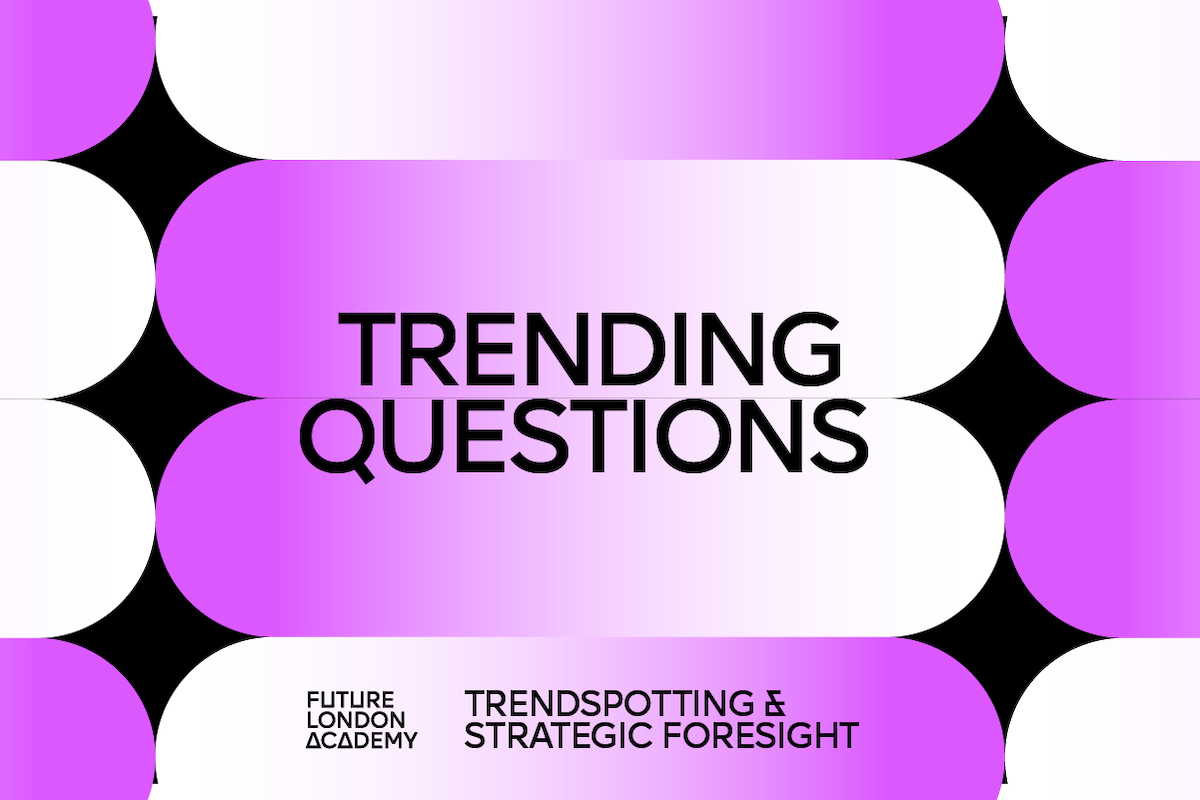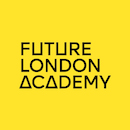By: Sébastien Van Laere
What is a trend, and other questions answered by Sébastien Van Laere, Co-founder of Superframe, an agency using insight and foresight to develop brand-, innovation- and business strategy for some of the biggest global brands.
What is a trend, what does foresight mean, and why are they important?
1. What is Foresight?
Foresight is insight into the future to help you prepare accordingly for uncertain scenarios. For the sake of argument, Séb defines an ‘insight’ as understanding consumers based on data and observations from consumer research. One main method to obtain foresight is through researching trends.
2. Why are Trends and Foresight Important?
Researching trends and foresight is important because they can inform your business strategy:
- Establishing a long-term strategy: Long-term thinking protects you from missing crucial events or facts that could affect the future of your business.
- Outperform your category: It has been proven that long-term thinking has a significant impact on the bottom line of a business. This includes everything from revenue, profit, earnings and market capitalisation.
- Going beyond hype: Researching trends to inform your business strategy, innovation pipeline or brand can help distinguish fact from hype.
Hype is the extravagant or intense promotion of something using opinion and narrative, rather than being based on facts. Therefore, it’s important to spend time identifying which trends to tap into and which ones to avoid.
3. What is the Difference Between a Trend and a Fad?
Some people have negative associations with trends because they mistake them for a fad. Fads are intense enthusiasm for something that is short-lived, whereas trends have long-term impacts on the future. Emerging trends may seem that they won’t last or be a fad, so it’s important that you know how to spot different types of trends.
4. How do You Spot Different Trends?
We have talked about the importance of spotting trends. But with so many to filter through, how can we categorise the relevant ones for our business?
Séb defines three main types of trends to look out for:
- Contextual: Also known as ‘Mega Trends’ or ‘Drivers’, contextual trends are long-term shifts with big impact. This could be a shift in the political climate or advances in technology.
- Consumer: Consumer trends describe the shift in people’s values, attitudes and needs. They capture how culture is evolving and which consumer needs are emerging. Their impact is slightly smaller than contextual trends. Examples include the Conscious Consumer; how people’s buying habits affect climate change.
- Categorical: Contextual and consumer trends lead to innovations in specific categories. Examples include the rise of more vegan products available, or more brands producing sustainable clothing.
5. How can You Use Trends to Future-Proof Your Brand?
One key way to prepare your brand for the future is to identify who your next consumer will be – also known as your future consumer. Here are four steps to understand your future consumer:
- Identify relevant trends: For the category your brand lives in.
- Recruit early adopters: These could be influencers who are passionate about your category.
- Conduct ethnographic research: Interview and observe early adopters of your relevant trends.
- Map your future consumers: Summarise their lifestyle/values, aspirations and where they consume your product.
Found these answers helpful? Then you’ll love learning more on Trendspotting & Strategic Foresight Course. Learn about evolving trends and use them to create innovative products, brand and business strategies. Brought to you by Future London Academy – an Executive School for Creatives where you learn the latest frameworks in branding, innovation, UX and design leadership.
About the Authors
 Sébastien Van Laere
Sébastien Van Laere
Seb started Superframe to help companies be more resilient. He uses insight and foresight to develop brand-, innovation- and business strategy for some of the biggest global brands.
An Executive School for Creatives where you learn the latest frameworks in branding, innovation, UX and design leadership.


